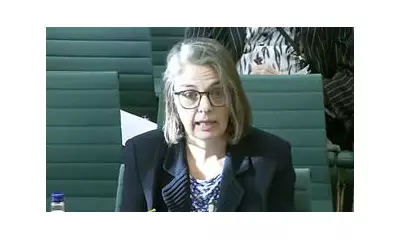
In a decisive move to fortify child protection, the Victorian government has enacted the most significant overhaul of its Working With Children Check (WWCC) system in years. The reforms, driven by recommendations from the landmark Royal Commission into Institutional Responses to Child Sexual Abuse, aim to transform the check from a periodic snapshot into a dynamic, continuous safeguarding mechanism.
The End of the 'Point-in-Time' Check
The core of the reform lies in dismantling the old 'point-in-time' model. Previously, an individual could pass a check and then later commit a serious offence, with no immediate flag to authorities. The new system establishes a paradigm of constant vigilance.
How The New Continuous Monitoring Works
Under the new framework, the Victorian Department of Justice and Community Safety will maintain an open line of communication with other agencies. This integration allows for real-time alerts and automatic reassessments if a cardholder's circumstances change dramatically.
Key triggers for an automatic review now include:
- Being charged with a serious criminal offence.
- Becoming subject to a formal supervision order or a workplace intervention order.
- A significant change in the risk assessment of a registered sex offender.
Closing the Gaps: Stricter Enforcement and Tighter Loopholes
The legislation also clamps down on enforcement, granting authorities greater power to ensure compliance. It is now a specific criminal offence for an organisation to knowingly allow an unchecked person to work in child-related duties. Furthermore, the law clarifies that volunteers must undergo the same rigorous checks as paid employees, closing a potential loophole.
A National First in Child Safety
This proactive, always-on monitoring system positions Victoria at the forefront of child protection in Australia. The changes address a critical vulnerability by ensuring that a person's suitability to work with children is not just assessed every five years, but is under constant scrutiny, offering a robust new layer of defence for the state's most vulnerable citizens.





